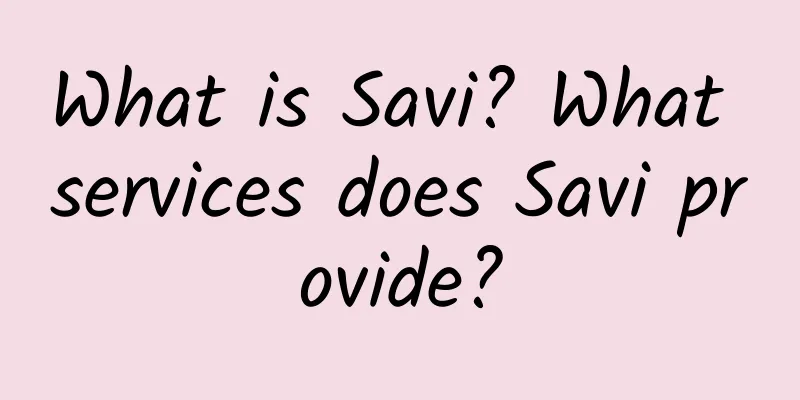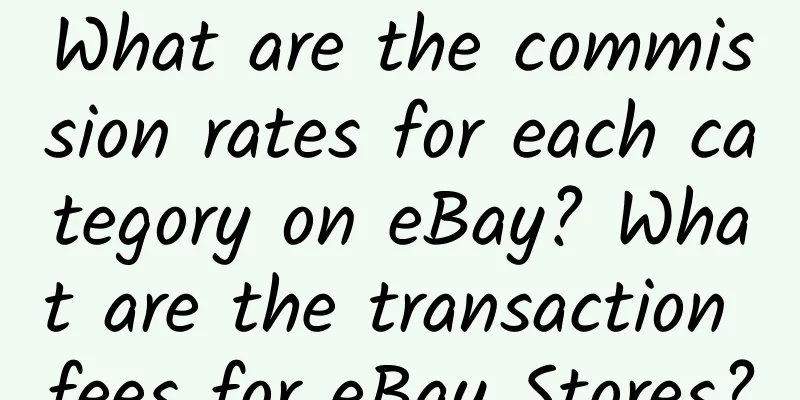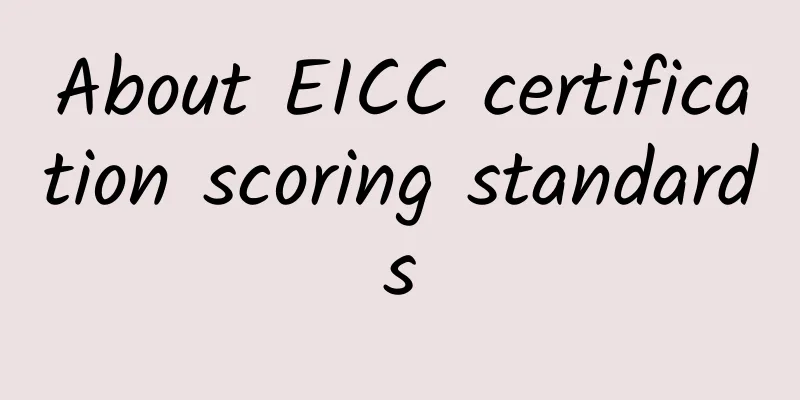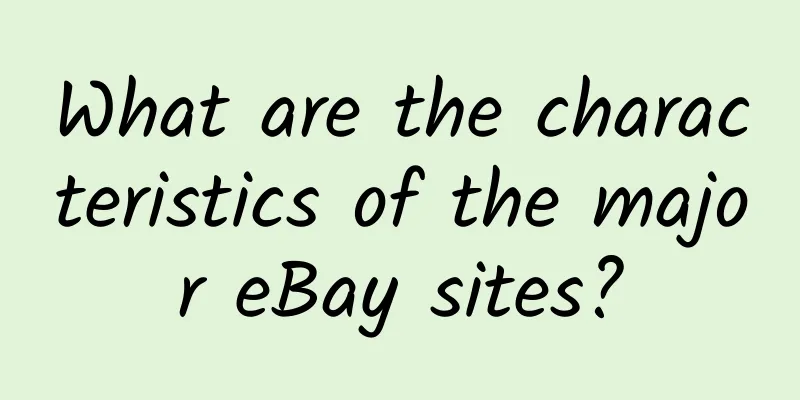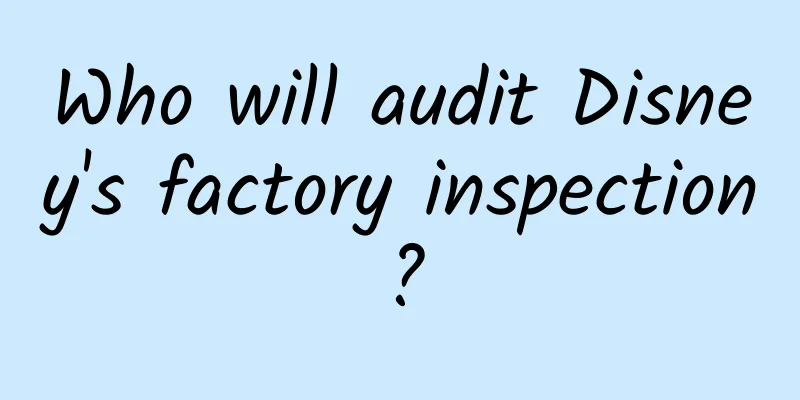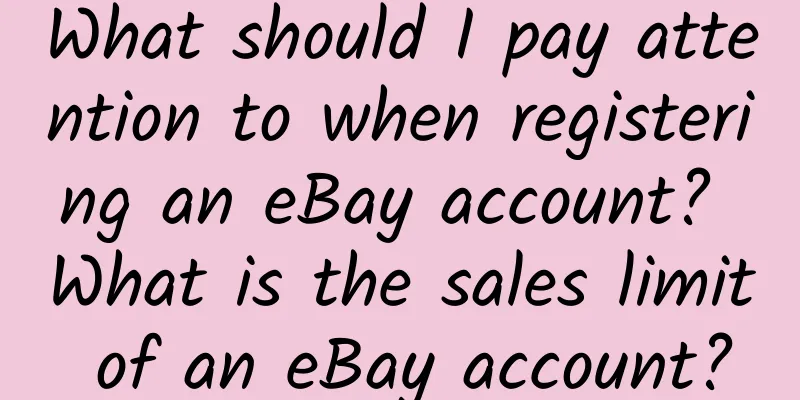SQE experience: How to conduct factory inspection seriously
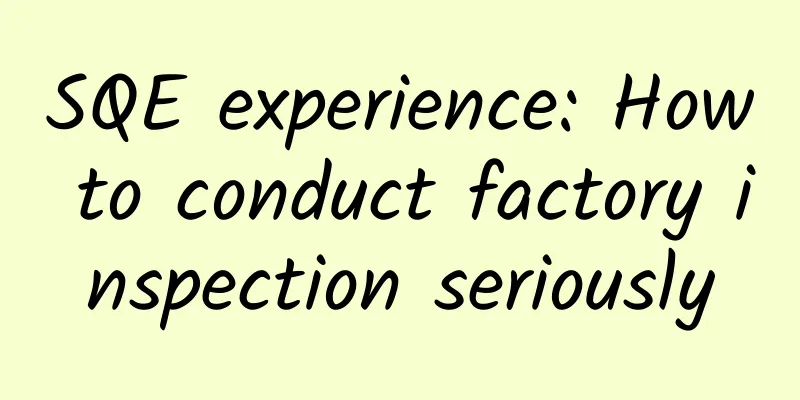
|
No matter you are SQE or purchasing, no matter you are the boss or engineer, in the supply chain management activities of the enterprise, you will go to the factory for inspection or accept inspections from others. So what is the purpose of factory inspection? What is the process of factory inspection and how to achieve the purpose of factory inspection? What are the common traps that will mislead us in judging the results of factory inspection, thereby introducing manufacturers that do not meet the company's business philosophy and management requirements into the company's supply chain system. 1. What is the purpose of factory inspection? First, buyers (customers) hope to gain a better understanding of potential suppliers through factory inspections, and obtain specific information on their operating capabilities, production scale, quality management, technical level, labor-management relations, and social responsibility. They also want to compare this information with their own supplier entry barriers, conduct a comprehensive assessment, and then make choices based on the assessment results. The factory inspection report provides a basis for buyers to judge whether the supplier is a good candidate for long-term cooperation. Secondly, factory inspection can also help buyers (clients) maintain a good reputation and sustainable development. We often see foreign media expose the use of child labor, prison labor or serious labor exploitation by famous brands (such as Apple's sweatshop in Vietnam). As a result, these brands not only suffered huge fines, but also joint boycotts from consumers. Nowadays, factory inspection is not only a need of purchasing companies themselves, but also a necessary measure under the laws of Europe and the United States. Of course, these explanations are a bit too formal. In fact, at this stage, the purpose of most of us going to the factory for inspection is simpler. First, we want to see whether the factory exists; second, we want to see whether the actual situation of the factory is as good as the promotional materials and the business personnel say. 2. What is the process of factory inspection and how to achieve the purpose of factory inspection? 1. Communication between purchasing staff and suppliers The time of the factory inspection, the personnel composition, and those matters that require the factory's cooperation during the inspection should be stated in advance. Some formal companies require the factory to provide their basic information before the factory inspection, such as business license, tax registration, bank account, etc. Some also require filling out a detailed written audit report provided by the purchaser. For example, before SONY's factory inspection, they issued a factory inspection report, which was very detailed and contained hundreds of small items. The company's production, marketing, engineering, quality, warehousing, personnel and other aspects all had corresponding inspection items. 2. First factory inspection meeting A brief introduction of both parties. Arrangement of accompanying personnel and the time schedule for factory inspection. This is the same as the routine of ISO audit 3. Review of the Document System Is the company's document system complete? For example, if the company has a purchasing department, is there a document for purchasing activities? For example, if the company has design and development, is there a document system to form a procedure document for design and development activities? If important documents are missing, it is a major deficiency. 4. On-site review Mainly go to the site to check, such as the 5S of the workshop and warehouse, fire protection facilities, dangerous goods identification, material identification, floor plan, etc. For example, whether the machine maintenance table is filled out truthfully and whether there is anyone signing it. 5. Interviews with workers and managers Workers for interviews can be randomly selected from the company roster or selected with a bias, such as deliberately selecting underage workers aged 16 to 18, or those workers whose work numbers are recorded by auditors during on-site inspections. The content of the interview is basically related to wages, working hours, and working environment. In order to protect the rights and interests of workers, the interview process is strictly confidential to the factory, and factory management personnel are not allowed to be present or stay in the area near the interview room. If there are still some questions that you don’t understand during the factory inspection, you can communicate with the company’s management again to understand the situation in more depth. 6. Summary meeting The advantages and non-conformities found during the factory inspection are summarized. This summary will be confirmed and signed by the factory on the spot in written form. The information on how the non-conformities need to be changed, when to improve, who will complete it, etc. will be sent to the factory inspector for confirmation within a certain period of time. The possibility of a second or third factory inspection is not ruled out. The process of customer factory inspection is basically the same as ISO factory inspection, but there is one difference. ISO factory inspection charges the company a fee to help the company find shortcomings, improve them and finally meet the requirements. When customers come to inspect the factory, they mainly check whether the company meets their requirements and whether you are qualified to be their qualified supplier. They do not charge you any fees, so it is stricter than ISO audits. This is the process, so how can the client’s factory inspectors see the true side of the company? 3. Personal practical experience is summarized as follows: 1. Files are nothing but clouds Basically, you don't need to look at too many procedure documents. Procedure documents are too easy to understand. If a factory can pass ISO, there is basically no problem in this regard. As an auditor, remember to look at the records more than the documents. See if they are following the documents. 2. A single record is meaningless You should review one clue at a time. For example, you ask the purchasing department whether they have a list of qualified suppliers? For example, you ask the planning department whether they have a production schedule? For example, you ask the business department whether they have order reviews? For example, if you ask the quality department whether they have incoming material inspection, they can definitely provide the individual information. If they can't provide it, there is no need to audit such a factory. Just go home and find another one. How should we review it? It's very simple. For example, randomly select an order from a customer, ask the business department to provide a review report on this order, ask the planning department to provide the material requirement plan corresponding to this order, ask the purchasing department to provide the purchase order corresponding to this order, ask the purchasing department to provide whether the manufacturers on these purchase orders are in the list of qualified suppliers, ask the quality department to provide the incoming material inspection report of these materials, ask the engineering department to provide the corresponding SOP, ask the production department to provide the production daily report corresponding to the production plan, and so on. If you check all the way and find no problems, it means that such a factory is quite reliable. 3. On-site inspection is the key point, and the most important thing is whether there are advanced production equipment inspection equipment A document can be written beautifully by a few people, but it is not so easy to falsify on site. Especially in blind spots, such as toilets, stairs, models and origins on machinery and equipment, etc. Surprise inspections are more effective. 4. Interviews with workers and managers You can interview managers and find the answer from their answers. When interviewing employees, it is more important to listen rather than ask. Auditors do not need to be accompanied by factory personnel. Going to the employee cafeteria to choose a place to eat with employees and just chatting casually is more effective than asking them all day. |
<<: Latest report: Global recycled plastics market valued at $43.5 billion in 2026!
>>: SCAN Anti-Terrorism Factory Inspection Knowledge Overview
Recommend
What is ProdSG? What are the new changes to ProdSG?
When doing cross-border foreign trade, it is impo...
eBay store opening video instructions
Today I will tell you about the text description ...
HACCP system certification and its application criteria (Part 2)
HACCP system certification and its application cr...
What is xSellco like? What are the fees for xSellco?
What about xSellco? xSellco supports e-commerce s...
How is Ambow Accounting? What services does Ambow Accounting provide?
How is Ambow Accounting? Founded in London, UK, A...
How is Youjiang Education? What services does Youjiang Education provide?
How about Youjiang Education? Youjiang Education ...
ES Audit Results Definition and Management Procedure
Audit result definition and management procedures...
H&M and Levi's announce global supplier ban on sandblasting
Hennes & Mauritz AB (H&M) and Levi Straus...
Zomato - the Indian version of Dianping
Founded in 2008, Zomato is a food ordering, takea...
Bangboom—provides an integrated solution for brand expansion overseas
What is Bangboom? BangBoom is a one-stop solution...
High-frequency operation problems for eBay novice sellers
How much does eBay take from the sales price? Our...
Employees who are most likely to be interviewed by auditors during BSCI factory audits
Employees who are most likely to be interviewed b...
How is Paytm? Registration requirements for Chinese sellers on the Paytm platform
Paytm is India's largest mobile payment and b...
How to handle eBay buyers automatically canceling transactions
ebay/" target="_blank"> eBay pl...
How can eBay sellers save operating costs?
1. Provide Second Chance Offer This is actually a...
